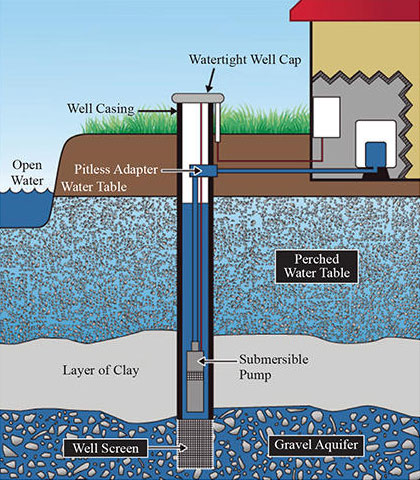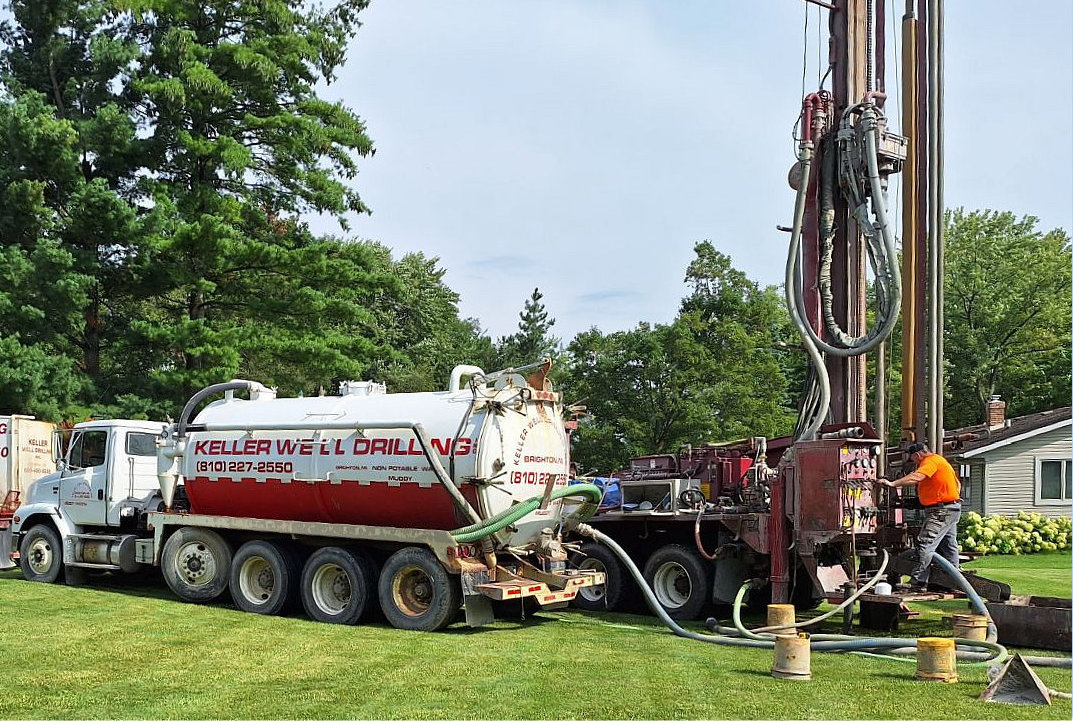Brunnen schlagen: A Comprehensive Guide
Understanding Brunnen schlagen
Brunnen schlagen, or well drilling, is an essential technique used to access groundwater for various purposes, ranging from agricultural irrigation to supplying water for households. The process of constructing a well requires a thorough understanding of geology, groundwater aquifers, and the tools and methods available for efficient drilling. With the correct approach, Brunnen schlagen can provide a sustainable water source that meets community needs. In this section, we’ll explore the fundamentals of well drilling, its methods, and essential considerations to keep in mind.
Essential Tools for Brunnen schlagen
To successfully execute Brunnen schlagen, several specialized tools and equipment are necessary. These include augers, drill bits, and water pumps. An auger, for instance, is crucial for cutting through soil and rock layers, ensuring the excavation process is smooth. You’ll also need various drill bits for different ground conditions; for harder surfaces, a diamond bit may be required, while softer materials can use less robust variants. Proper maintenance and handling of these tools can significantly enhance drilling efficiency and help in achieving a successful well.
Methods of Well Construction
There are various methods to consider during the Brunnen schlagen process, each tailored for specific soil conditions and intended depth. The most common techniques include rotary drilling, percussion drilling, and hand-dug wells. Rotary drilling uses a rotating drill bit to bore deep into the earth, excellent for hard rock formations. In contrast, percussion drilling involves a heavy drill bit that repeatedly strikes the ground, making it ideal for softer soils. Hand-dug wells are less common today but can still be effective for shallow water access where machinery can’t reach.

Site Selection for Well Drilling
The site selection process is critical to successful Brunnen schlagen. It involves geological surveys and hydrological studies to determine the best location for drilling. Factors like land slope, proximity to potential contamination sources, and surrounding vegetation play significant roles in selecting a well site. Conducting these assessments ensures sufficient water quantity and quality and reduces the risks associated with drilling in unsuitable areas. Engaging with a qualified hydrologist or geologist can further enhance site selection accuracy.
The Importance of Water Quality Testing
Once the drilling process concludes, water quality testing is an integral step before usage. Brunnen schlagen can inadvertently lead to the contamination of groundwater supplies. Understanding the chemical composition and microbial content of the water is essential for human health. Regular testing helps identify issues such as heavy metals, bacteria, and nitrates, which can stem from agricultural runoff or nearby septic systems. Maintaining a clean water source ensures your well remains a safe, reliable resource for years to come.
Common Contaminants and Their Sources
In the context of Brunnen schlagen, awareness of common contaminants is crucial. Nitrates, which often originate from fertilizers, can leach into groundwater during heavy rains. Heavy metals like lead and arsenic may also pose risks, potentially originating from old pipes or natural rock formations. Other contaminants can include coliform bacteria and other pathogens, usually resulting from environmental sources or pollution. Understanding these risks can influence site selection and preventive measures needed to maintain water safety.
Testing Methods and Frequency
Implementing a water testing schedule is essential post-drilling. You can either perform simple field tests or send water samples to accredited laboratories for detailed analysis. Essential parameters to check include pH levels, total dissolved solids (TDS), and specific contaminants. Generally, it’s advisable to test the water at least annually or after significant weather events that might affect your well. Following these practices helps ensure the water remains clean and safe to use, supporting the health of your household or farming operations.

Long-Term Maintenance of Wells
After successfully executing Brunnen schlagen and ensuring water quality, long-term maintenance of the well becomes paramount. Regular checks prevent potential issues like sediment buildup, pump malfunctions, and groundwater contamination. Procedures including periodic cleaning, inspection of mechanical components, and ensuring adequate protection around the wellhead can prolong the lifespan of the water source and enhance its performance.
Inspecting and Servicing the Well
Annual inspections are advisable for any well system. This involves visually checking the wellhead for cracks, cleaning debris away from the site, and ensuring all mechanical parts, such as pumps and pressure tanks, are functioning correctly. If you notice fluctuations in water pressure or quality, immediate service is recommended to diagnose potential issues. Partnering with professionals experienced in well maintenance can provide peace of mind and necessary skills to keep your system running efficiently.
Preventative Measures to Prolong Well Life
Implementing preventative measures extends the functionality of your well. Contouring the land around the well can divert surface water away, reducing potential contamination. Installing appropriate well caps can keep out debris and animals. Educating community members about proper water source protection can also build a culture of stewardship around local wells. These practices together can significantly improve well longevity and water quality.
Conclusion
Brunnen schlagen is an age-old practice that is indispensable in today’s world, providing critical access to freshwater. Understanding the entire process—from drilling techniques to water quality testing and well maintenance—ensures that you establish a safe and reliable water source. Whether you’re using the well for personal needs, agricultural operations, or supplying water to a community, paying close attention throughout the entire process will yield positive results and long-term benefits.
Key Takeaways
- Brunnen schlagen techniques vary based on soil conditions, depth, and water usage needs.
- Water quality testing is crucial at various points, from drilling to ongoing maintenance.
- Preventative measures and regular maintenance can extend the life and efficiency of the well.
FAQ
1. What is the best method for Brunnen schlagen in rocky terrains?
In rocky terrains, rotary drilling is generally considered the most effective method due to its ability to cut through hard rock. A diamond bit may also be used for optimal performance. Regular maintenance of equipment is critical, as rocky conditions can wear out tools faster than softer soils.
2. How often should I test my well water quality?
It is recommended to test the water quality of your well at least once a year. Additional tests should be conducted after heavy rainfall or if there are signs of contamination. Regular testing ensures that any issues can be detected early, maintaining the safety of your water supply.
3. Can I use a hand-dug well for household water supply?
Yes, a hand-dug well can be used for household water supply, particularly in areas where the water table is shallow. However, these wells require regular maintenance and careful monitoring to prevent contamination and ensure a sustainable water supply.
4. What should be considered when selecting a site for a well?
Site selection involves assessing the hydrology and soil types of the area. Key considerations include distance from potential contamination sources, existing underground utilities, and geographical features that could affect water access. Consulting a professional can aid in making an informed decision.
5. How can I prevent contamination in my well?
To prevent contamination, keep the area around your well clean and free from debris. Install a proper well cap to keep out animals and dirt. Implementing surface water diversion tactics and maintaining good land management practices can also significantly reduce contamination risks.
